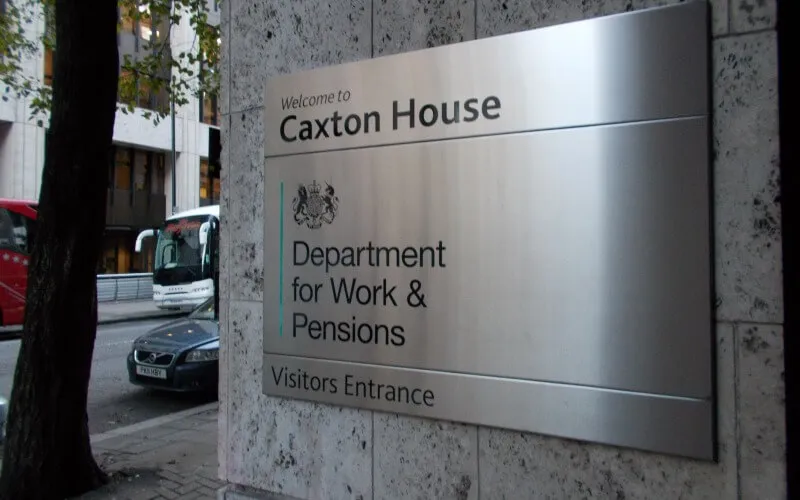The government has made no progress since 2010 in closing the disability employment gap, MPs were told yesterday by academics.
Ministers have long bragged about their success in reducing the difference between the proportion of disabled people and non-disabled people in work.
They have frequently quoted Office for National Statistics (ONS) figures, which appear to show disabled people becoming increasingly likely to find work in comparison with non-disabled people.
The apparent success has come despite a decade of government austerity policies and allegations of a hostile environment created by the Department for Work and Pensions (DWP).
Last July, the minister for disabled people, Justin Tomlinson, said in a written answer to Labour’s Margaret Greenwood that the latest figures showed that “the employment rate gap had closed from 33.8 percentage points to 28.6 percentage points in just six years”.
But now two leading academics working in the area of disabled people, employment and out-of-work benefits have told the Commons work and pensions committee that this apparent progress was likely to be simply the result of more people describing themselves as disabled people when surveyed.
The committee was hearing evidence for its inquiry into the disability employment gap.
Professor Melanie Jones, professor of economics at Cardiff Business School, and a member of the Disability@Work group of four academics, said there needed to be a measure of “prevalence” and an understanding of why it was rising.
She said: “If you look at the proportional changes in the disability employment gap, and the prevalence of disability, as we have done, what we see is the combined measure, actually those two things net each other out.”
Ben Baumberg Geiger, a senior lecturer in sociology and social policy at the University of Kent, said it was important to have a disability employment gap target, but it was also important to have a “better definition of disability” so the target “rewards success rather than failure”.
He said: “If you don’t have a sensible measure of what disability is, then your target does the worst thing a measure could possibly do, which is it will look like things are getting better if they are getting worse.”
He added: “If you use a very simple alternative measure that both Melanie and I have suggested, there has been no progress since 2010.”
Disability News Service (DNS) first reported this evidence last October.
DNS reported then how a Disability@Work briefing note by Professor Jones and her colleague Professor Victoria Wass showed how the percentage of working-age people describing themselves as disabled in the ONS employment figures had risen from 16.5 per cent to 19.7 per cent between 2013 and 2020.
They said in the note that they believed this increase was because increased public awareness and acceptance have led more people to “recognise and acknowledge that they have a health condition and/or that it is limiting”.
They showed that, once the increase in the rate of people describing themselves as having an activity-limiting impairment was taken out of the ONS figures, the disability employment gap actually rose slightly between 2013 and 2020, while it fell significantly under the last Labour government, between 1998 and 2009.
They concluded: “The prevalence-corrected measure suggests all the narrowing in the [disability employment gap] from 2010 is accounted for by the expansion in disability prevalence and not by any reduction in underlying disability employment disadvantage.”
A note from the editor:
Please consider making a voluntary financial contribution to support the work of DNS and allow it to continue producing independent, carefully-researched news stories that focus on the lives and rights of disabled people and their user-led organisations.
Please do not contribute if you cannot afford to do so, and please note that DNS is not a charity. It is run and owned by disabled journalist John Pring and has been from its launch in April 2009.
Thank you for anything you can do to support the work of DNS…

 ‘Disastrous’ cuts bill that leaves legacy of distrust and distress ‘must be dropped’
‘Disastrous’ cuts bill that leaves legacy of distrust and distress ‘must be dropped’ Silence from MP sister of Rachel Reeves over suicide linked to PIP flaws, just as government was seeking cuts
Silence from MP sister of Rachel Reeves over suicide linked to PIP flaws, just as government was seeking cuts Disabled activists warn Labour MPs who vote for cuts: ‘The gloves will be off’
Disabled activists warn Labour MPs who vote for cuts: ‘The gloves will be off’